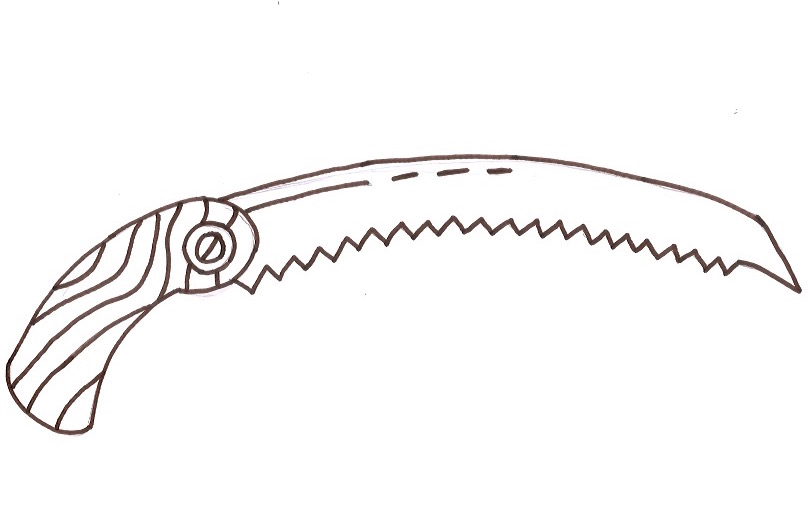This past weekend we took a trip to a mountain stream for some fly fishing on Class A wild trout water. The creek was populated by dark hallways of hemlocks dimly lit with the golden leaves of young beeches still clinging to the winter twigs, stands of maples and chestnut oaks looming over a carpet of dormant ferns, native river birches growing up out of moss covered boulders with their curling bark shining in the sun, and there was also ironwood and hornbeam growing on the banks of the creek. But I pause on the latter two species, and my doubts start to swirl like the eddies in the creek we are fishing. Which one is which again?
The whole way home my anxiety flared. Musclewood I know is the smooth bark character. But is that hop-hornbeam as well? Just hornbeam? Or is hop-hornbeam the species with the thin, flaky bark? This is ironwood, surely. Or is blue beech ironwood? And what about blue beech, blue beech certainly doesn’t have flaky bark, does it? If only I could remember the Latin names, the common nomenclature would no longer lead me so far astray. I get home and confront my old friend, my Peterson Field Guide. The pages are worn at each corner, and the binding is creased and crinkled from all the use. It was Micky Mantle that said “it’s unbelievable how much you don’t know about the game you’ve been playing your whole life.”
I go strait to page 227 and 228 of my guide and I read furiously. Carpinus caroliniana is commonly called ironwood. Peterson tells me, in italics, this is the small tree with distinctive muscular-appearing wood. At one time it was referred to as blue beech, but it is not in the beech family. My flying heart perches on the lines I read. On the very next page, the very next entry, I come to the hornbeam, Ostrya virginiana. The shreddy-barked tree, and no stronger than most other small trees! I also learn that the former species has somewhat square buds in cross section, and the latter are round, and that is always good to know. So it is carpinus and ostrya that live right across the hallway in the house of fine Pennsylvania mountain stream, as well as on the pages of my Peterson Guide. Although we found no brook trout, it was nice to have the ironwood issue ironed out.
These small stories are my favorite ones. They reveal some kind of universal truth: it doesn’t always take epic means to arrive at long lasting ends. What was it that Wendell Berry wrote? That big problems usually have small solutions. I find truth in that sentiment when id’ing confusing woody plant species. The solution is usually found in the smaller details. That is certainly where the beauty is found, either walking through the woods, or in a good story.
I have another memory from last week, when my good friend and I were taking a walk through his stream-side woodlot and studying some of the trees standing back there: cherry, the sugar maples he has tapped, big dead ashes and a thick understory developing after a logging operation had moved through here a few years back. We were studying a multi-stem shrub, alternately arranged leaf buds on the bare winter twigs, each leaf bud characteristically flanked by two round flower buds. It was heavily populating this site in the holes left in the canopy by the logging treatment. I took a few twigs home with me for my old friend Peterson. I got a text from my friend as I drove, “I think it’s spicebush.” At the kitchen table I turned the pages with the utmost focus and determination. He was right, Lindera benzoin was growing like wild fire in those sunny canopy openings above the stream, something early land surveyors would have considered an indicator of good agricultural land. I crush up the twigs between my fingers and breathe in the spicy memory of what was before just an insignificant walk in the woods.
It is a little bit cliche, but something wonderful happens when we ID a plant we don’t know. We start with a broad, general view. A silhouette, a shape. This is the outline we work from. Then we move to each detail, perhaps it is a flower or a leaf, or even the lobe of a leaf. At some point, escpecially for the tough ones, we will need a hand lens. We will hold up the twig to our eyes, the loop lens a translator between us and the world, and we start to count the bud scales, the bundle scars, the hairs on the young wood. Maybe we get it, but maybe not. Still confused, we reach out to an old friend, we message them, we text them, we send pictures, we are desperate to know if they know. Oh yes they say, certainly that’s winterberry holly, Austrian pine, katsura. It was nothing at one time, just a piece of the background of the world we were moving through. But something drew us in, something about it’s place in the world and it’s need to be named. They call out to us! So we take a small piece with us and we hold onto it until we can know exactly what it is. What is the purpose of this knowing? Is it purity? I think knowing something exactly certainly does help to make for a purer experience. Teilhard de Chardin wrote that “purity does not lie in separation from but in deeper penetration in the universe.” And that is what the woody plant id process is, a deeper penetration of the universe.




Leave a Reply
Your email is safe with us.